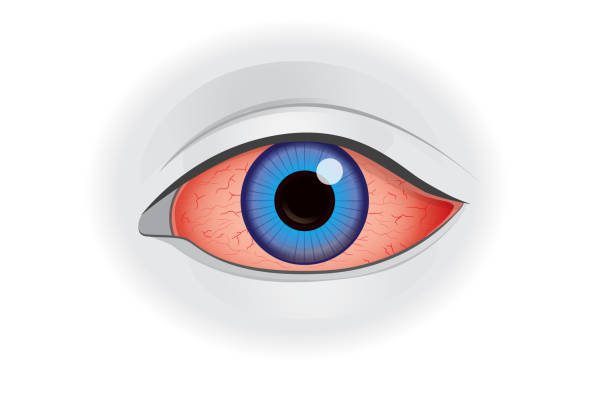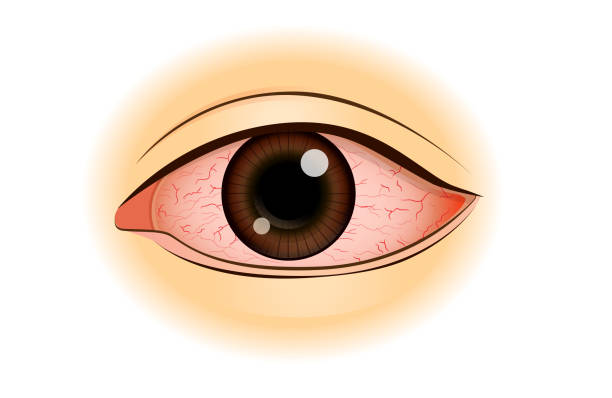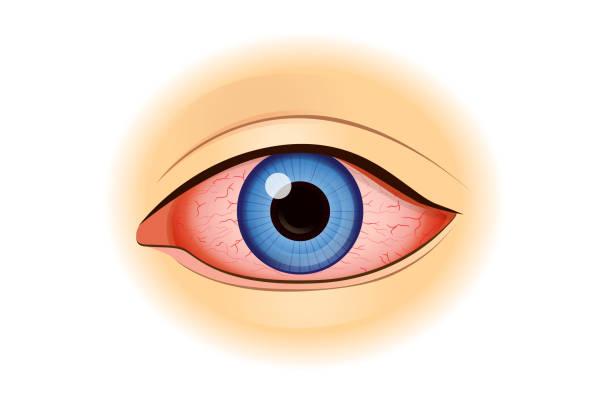
What Contributes to Eye Injuries at Work?
Not wearing eye protection, or wearing the wrong kind of eye protection for the job. Three out of every five workers who had eye injuries were not wearing eye protection at the time of the accident.
Of the employees who were wearing eye protection were injured, these workers were wearing the wrong type of eye protection for the job.







